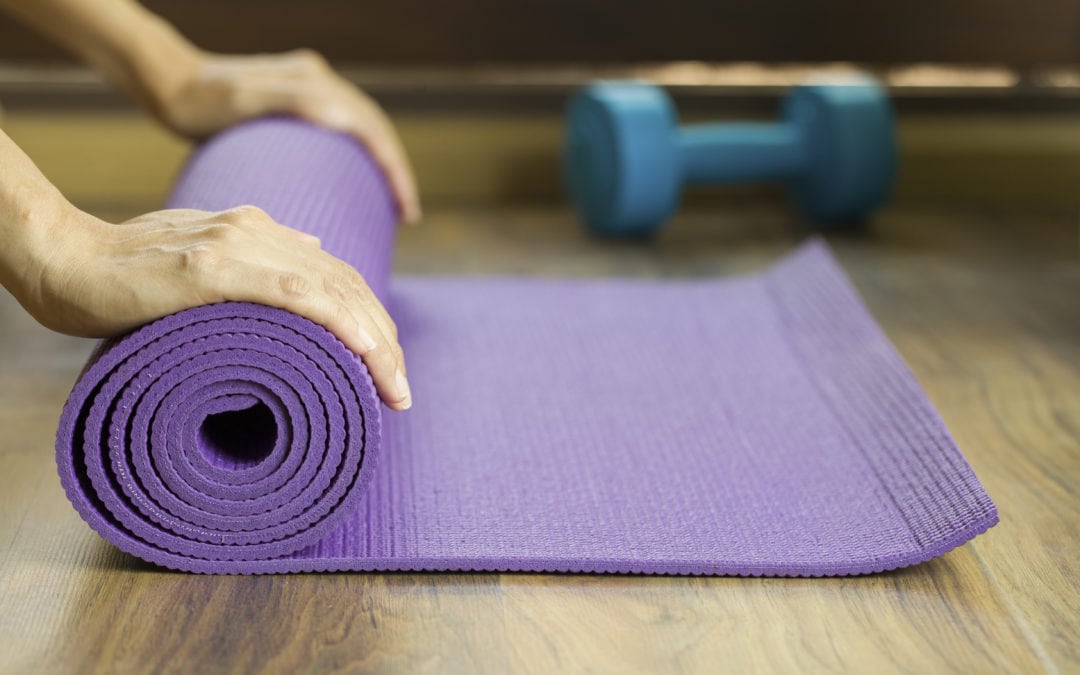There seem to be two polar opposites when it comes to exercise—yoga vs. weight training. Weightlifters are bulky and tight, while yoga pratitioners are lithe and limber. A study reported in the October 12, 2015, issue of Medicine and Science in Sports and Exercise suggests that this generalization is supported by a science-based difference in the effects of different types of exercise on muscles.
Our muscles can be active in one of three ways: concentric, isometric, or eccentric. Concentric exercise occurs when a muscle shortens against resistance. Eccentric exercise happens when a muscle lengthens against resistance. Most weightlifters focus on concentric contractions when they pump iron. Many forms of exercise, including yoga, focus on isometrics, which describe a muscle tightening but nothing moves, and eccentric movements, which are slow, lengthening motions. A weightlifter and a yogi get fit in different ways. The weightlifter is bigger and tends to be “musclebound” and tight. A yogi, on the other hand, has smaller sinewy muscles that are very flexible.
The study in Medicine and Science in Sports and Exercise looked at 28 people. Half did six weeks of concentric exercises and half did eccentric exercises. After that time period, the researchers assessed the architecture of the biceps femoris hamstrings muscle using ultrasound imaging. The muscle was significantly shorter in the concentric training group and longer in the eccentric group. After the detraining period, the eccentric group’s muscles returned to normal length while the concentric training group’s muscles never returned to their normal length.
With the explosion of male testosterone supplementation, doctors see countless guys who experience neck problems after they’ve hit the gym to pump some iron. While these patients generally look good, their muscles in their chest are so tight that they end up developing neck problems because their chests pulls their necks forward. It seems the scientific reason this is happening is tighter muscles rather than bigger muscles. The best plan? Mix in some eccentric exercises (called “negatives” in which you begin contracted and then release a weight slowly), or maybe even a little yoga, with your concentric exercises.
“Limber or Tight: It All Depends On How You Exercise?” first appeared as a post on the Regenexx blog.
Like all medical procedures, Regenexx procedures have a success and failure rate.
Not all patients will experience the same results.
